Kajli Teej also known as Kajari Teej Festival is one of the most colourful and culturally rich festival of Rajasthan. Celebrated every year during monsoon season, it is especially for women—married and unmarried—who come together to worship Goddess Parvati and seek blessings for marital bliss, happiness and prosperity. The festival is most popular in Bundi, Rajasthan with colourful processions, traditional music and the grand Kajli Teej Mela which attracts thousands of visitors from India and abroad.
In 2025, Kajli Teej will be celebrated on Tuesday, 12 August 2025. Women wait for this festival for the devotional rituals, flower decorated swings, folk songs and the iconic palanquin procession of Goddess Teej Mata. This guide covers everything you need to know—from history and rituals to travel tips to experience it yourself in Rajasthan.
History and Significance of Kajli Teej
Kajli Teej has its roots in the culture of Bundi, Rajasthan. Kajli Teej originates from the rich culture of Bundi, Rajasthan. Although many regions celebrate the festival, Bundi holds a unique place in its history. Local folklore says that in Central India, people sang songs named after the Kajali forest to spread its fame. When King Dadurai passed away, Queen Nagmati performed Sati, and ever since, devotees have sung Kajali songs to honor the eternal bond between husband and wife across lifetimes.
Mythology connects Kajli Teej to Goddess Parvati and Lord Shiva. Devotees believe that Goddess Parvati performed penance for 108 years to win Lord Shiva as her husband. Pleased with her unwavering devotion Lord Shiva finally accepted her. On Kajli Teej, women actively seek blessings for a happy, long married life, while unmarried girls pray for a suitable life partner, celebrating this divine union.
It’s important to distinguish Kajli Teej from Hariyali Teej. Both festivals honor Goddess Parvati and Lord Shiva and share similar rituals, but people celebrate them at different times in the Hindu calendar. Hariyali Teej is on the third day of Shukla Paksha (bright half) of Shravan month, when Shiva and Parvati reunite after their long separation. Kajli Teej or Kajari Teej is 15 days later on the third day of Krishna Paksha (dark half) of Bhadrapada month. It is also known as Badi Teej (Big Teej) in some places and Satudi Teej as Sattu is consumed to break the fast.
When and Where is Kajli Teej Celebrated?
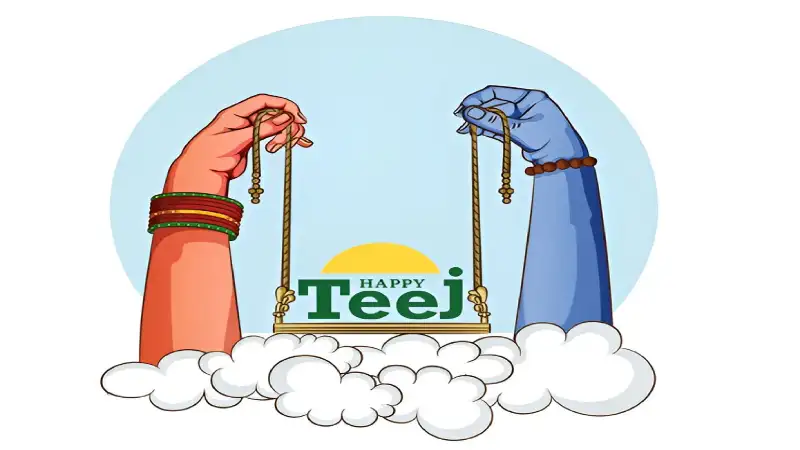
Hindus will celebrate Kajli Teej on Tuesday, August 12, 2025, which falls on the third day of Krishna Paksha in the month of Bhadrapada according to the Hindu lunar calendar.
In Bundi, Rajasthan you will see the biggest and most authentic Kajli Teej celebration but other North Indian states also have the same festive fun and tradition. States like Uttar Pradesh (especially in Varanasi, Gorakhpur, Jaunpur), Madhya Pradesh and Bihar also celebrate Kajari Teej with equal enthusiasm and devotion. But the unique charm of Bundi and its famous Kajli Teej Mela attracts “Teej” devotees and tourists.
Rituals and Traditions of Kajli Teej
The celebration of Kajli Teej is a beautiful tapestry woven with ancient rituals and vibrant traditions, reflecting the deep devotion of women.
Pre-festival Preparations:
Days before Kajli Teej are filled with preparations. Women go shopping for new clothes, mostly traditional lehengas or sarees in green, red and orange colour which symbolize prosperity and marital bliss. Before the festival women apply mehendi (henna) designs on their hands and feet to attract good luck. Mothers send baya—gifts that include sweets and traditional items—to their married daughters.
Fasting and Puja:
The main ritual of Kajli Teej is the fast that married women hold for the well being and long life of their husband. Many do the nirjala vrat (fast without water) with no food or water from the sunrise to the moonrise. Unmarried girls also do this fast and pray for a good life partner.
The puja is performed with great devotion. Women gather in groups to worship Goddess Parvati and Lord Shiva. Key elements of the puja are:
- Worship of Goddess Nimdi (Neem Mata): People create a small structure on the wall using cow dung and mud, place a Neem tree branch beside it, and make offerings of raw milk, water, fruits, sattu (a preparation from roasted grains), kumkum (vermilion), haldi (turmeric), and chawal (rice).
- Kajri Teej Katha: Women listen to the mythological stories associated with Kajli Teej, especially the one about Goddess Parvati’s penance and devotion.
- Offering Arghya to the Moon: After the moon rises, women offer arghya (water offering) to the moon and then break their fast by consuming sattu (a traditional sweet made from a mixture of barley, wheat, rice and gram peas with ghee).
Kajri Teej Songs and Dance:
Folk music and devotional songs, especially Kajris – traditional songs of the monsoon and longing and love – are all around. These soulful numbers add to the festive flavour.
Swing Tradition:
Swings (jhulas) are an essential part of Teej celebrations. Women decorate swings with flowers and leaves, set them up in courtyards or under trees, dress in vibrant attire, swing joyfully, and sing traditional songs to celebrate the monsoon.
Kajli Teej Mela in Bundi, Rajasthan
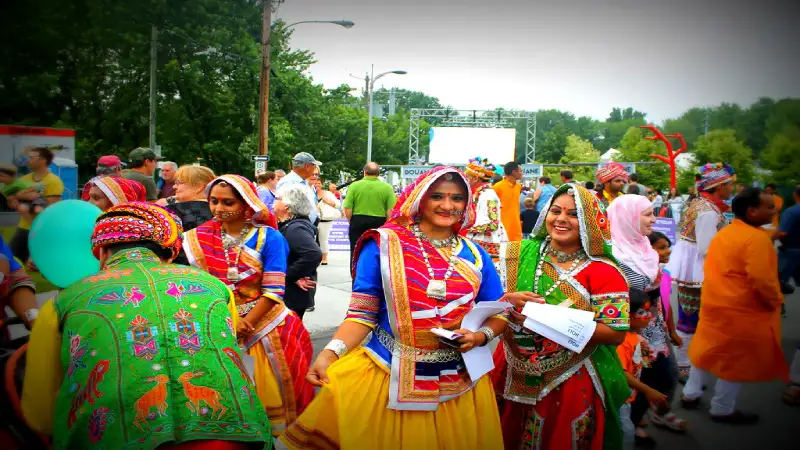
Kajli Teej Mela in Bundi is the main event of the festival and thousands of people flock to this beautiful town. The Municipal Council, Bundi organizes this 15 day fair, which transforms the entire town into a cultural extravaganza.
Grand Procession: The mela begins with a grand procession called Shobha Yatra. Devotees beautifully decorate the idol of Goddess Teej Mata, place it on an ornate palanquin, and carry it out from the scenic Naval Sagar Lake. The procession passes through the narrow lanes and busy markets of Bundi and culminates at Azad Park. This is a grand show with decorated elephants, camels, horses, traditional bands, folk dancers and artists all dressed in colorful attire. The energy of the participants and the onlookers is infectious and reflects the reverence for the goddess.
Key Attractions: Beyond the procession, Kajli Teej Mela has a lot more to offer:
- Food and Craft Bazaars: Stalls selling colorful bangles, traditional attire, handicrafts, and jewelry line the streets. The food bazaar is a treat to the taste buds with traditional Rajasthani cuisine from Mewar, Marwar, Dhundhar, Hadoti and Braj.
- Cultural Performances: The mela grounds at Kumbha Stadium have traditional Rajasthani folk music, dance and theater performances. Artists from all over the region showcase their talent and mesmerize the audience.
- Kavi Sammelan: Organizers also host a Kavi Sammelan in Rajasthani and Hindi, where poets actively express their thoughts and creativity.
- Local Artisans: The fair is a great opportunity to see and support local artisans who display their unique crafts from traditional kataar (daggers) to miniature paintings.
Tourist Participation and Photography Spots:
Tourists are welcome to join in the fun and get immersed in the culture. The colourful procession, the vibrant bazaars and the live performances offer plenty of photo opportunities.
Comparison with Jaipur Teej Celebrations:
Jaipur also has a grand procession for Teej but Kajli Teej is different. The main difference is the timing – Jaipur has Hariyali Teej in Shravan month and Bundi has Kajli Teej in Bhadrapada. Both are great but Bundi has a different cultural flavour and a longer festive season leading up to Janmashtami.
Cultural Importance for Women
Kajli Teej is very cultural and especially for women, a powerful symbol of devotion, marital harmony and hope.
For married women, keeping the Kajli Teej fast and doing the rituals is a big devotion, which brings longevity and prosperity to their husbands. It strengthens the bond of marriage and invokes Goddess Parvati’s blessings for a happy and fulfilled married life. For unmarried girls, the festival is a prayer for a good and loving life partner. It is believed that by keeping the fast and worshiping the divine couple on this day, they will get their desired match.
The festival is also a display of women’s traditional attire. Women dress up in their best lehengas and sarees, often in auspicious colors like red, green and orange, with traditional jewelry and henna art. This is a treat to the eyes and adds to the festive mood.
Kajli Teej is more than just a religious occasion, it is about social bonding. Women who come together with their friends and family share stories, story-telling, singing songs and collective prayers. They are enjoying the time together, laughing, celebrating and providing many opportunities to create social bonds. Many women have recounted with excitement the stories about their wishes coming true and their faith rewarded after observing Kajari Teej fast with great devotion – this resonates with each of the Kajli Teej deep-rooted beliefs.
How to Celebrate Kajli Teej at Home
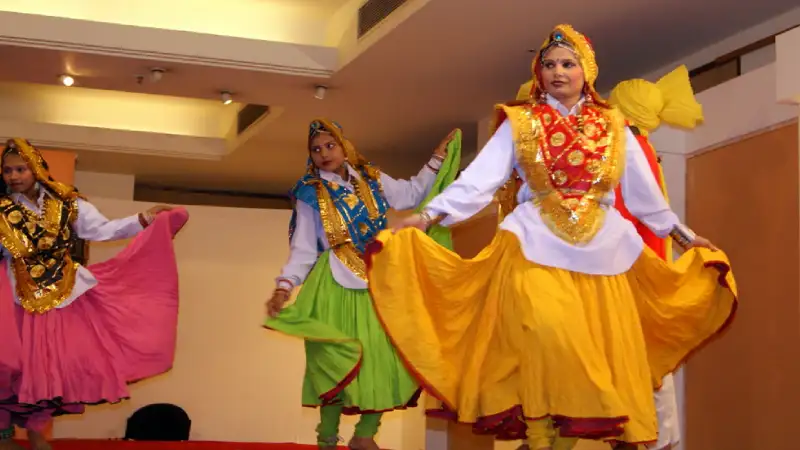
Can’t make it to Bundi or other major celebration hubs for Kajli Teej? You can celebrate with equal devotion and traditional fervor at home.
Home Puja Steps:
- Clean and Decorate: Clean your puja area and home. Decorate with flowers, rangoli and traditional items.
- Idols/Pictures: Place idols or pictures of Lord Shiva and Goddess Parvati.
- Vrat Sankalp: Take a vow to keep the fast with dedication.
- Puja Preparation: Prepare offerings like sattu, fruits, sweets, raw milk, water, kumkum, haldi, rice and any other auspicious items. A small branch of neem tree or a representation of Goddess Nimdi can also be used.
- Chanting Mantras: Chant mantras of Lord Shiva and Goddess Parvati.
- Kajari Teej Katha: Recite or listen to Kajari Teej katha with family.
- Moon Worship: In the evening after the moon rises offer arghya to the moon.
- Break Fast: Break your fast with sattu and other allowed foods.
Fasting Tips:
- Consult a doctor if you have any health issues before doing nirjala fast.
- Drink water, fresh juices and fruits before and after the fast.
- Have a light and healthy meal (sargi) before sunrise if you are doing a full fast.
Modern ways to celebrate: It is important to preserve traditions, modern adaptations can also increase celebration. You can connect with family and friends to share desires and stories. Prepare traditional dishes together or try new dishes with a traditional twist. The essence lies in devotion and community, which can be promoted in various ways.
Travel Tips for Tourists and Women Travelers:
- Dress Modestly: While enjoying the festival, dress modestly especially when visiting temples or participating in religious rituals.
- Stay Hydrated: Rajasthan can be hot even in monsoon; carry water and stay hydrated.
- Bargain at Markets: If shopping at the mela, be prepared to bargain.
- Respect Local Customs: Observe and respect local customs.
- Safety: Bundi is safe but always be aware of your surroundings and take normal precautions.
Conclusion
Kajli Teej is more than a festival; it is heartfelt expression of love, devotion, and cultural pride in Rajasthan. For women, it is both a day of prayer and celebration with family and friends. Experiencing the Kajli Teej Mela in Bundi gives you an authentic look into the heritage and spirituality of Rajasthan.
Make plans to visit Bundi in 2025 to take in the beautiful festival, or celebrate at home to keep the traditions alive. Share your experience of Kajli Teej and pass on this vibrant legacy to future generations.
FAQs
Kajli Teej is also known by the names of Kajari Teej or Badi Teej. In Rajasthan as well the rest of North India, this festival is mostly celebrated by Hindus for Goddess Parvati and Lord Shiva. Married women fast for the long life and prosperity of their husbands and unmarried girls fast to find a suitable life partner. It also marks the beginning of monsoon.
Devotees dedicate both Kajli Teej and Hariyali Teej to Goddess Parvati and Lord Shiva, observing the same rituals of fasting and worship. The only difference is the timing: Hariyali Teej is on the third day of Shukla Paksha of Shravan month and Kajli Teej is 15 days later on the third day of Krishna Paksha of Bhadrapada month.
Main rituals include a strict fast (often nirjala), mehendi, new traditional clothes, worship of Goddess Nimdi (Neem Mata) and Lord Shiva and Goddess Parvati, Kajari Teej katha, traditional folk songs and dances, swing on decorated swings and break the fast after moonrise with sattu.
The biggest and most famous Kajli Teej Mela is in Bundi, Rajasthan. It has a grand procession of Goddess Teej Mata, cultural performances and food and craft bazaars.
Yes, even unmarried women observe Kajli Teej fast. They do so with a hope and prayer to get an ideal and suitable life partner.
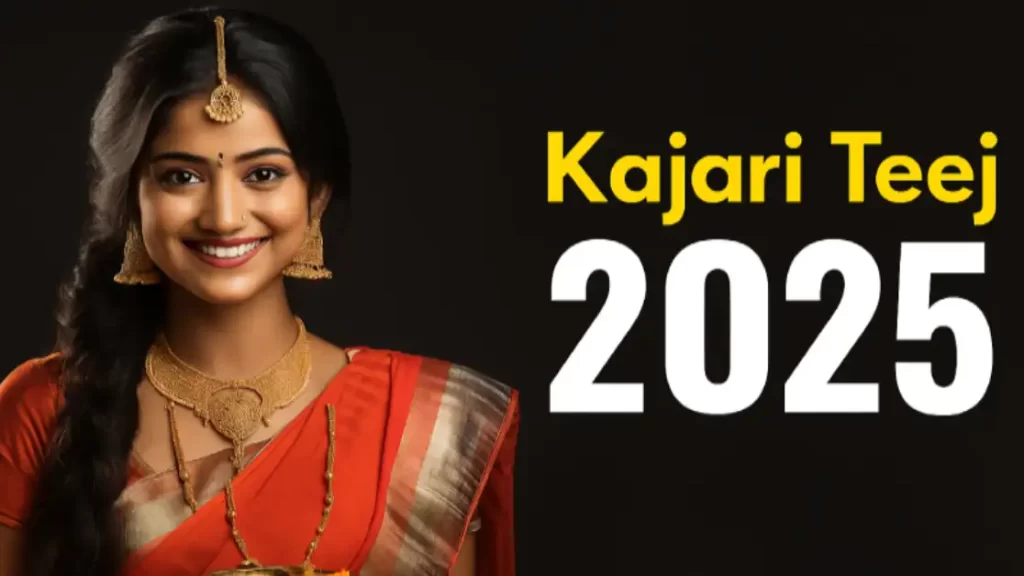
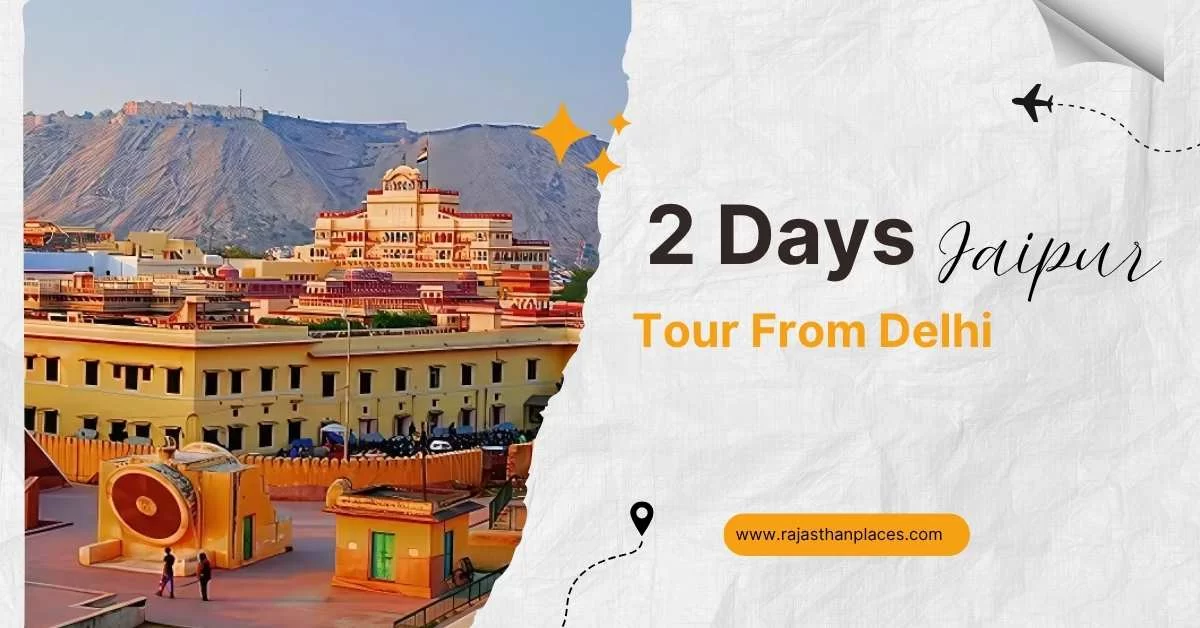
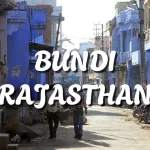
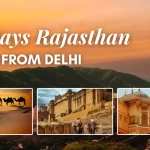




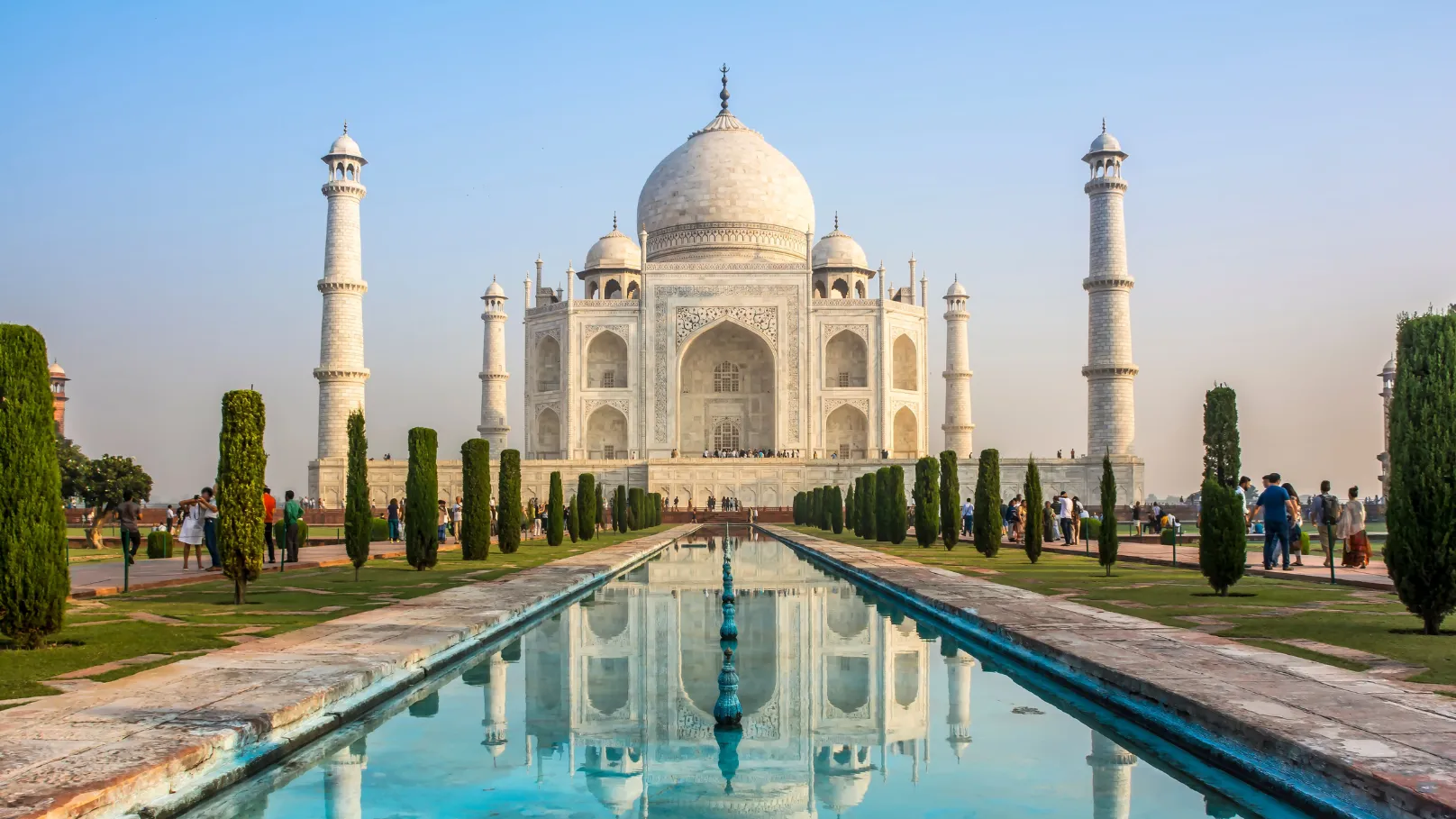
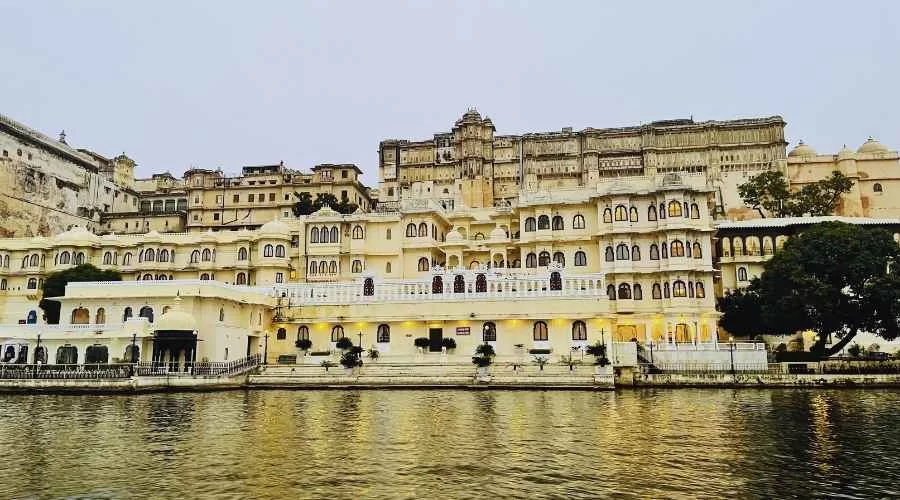

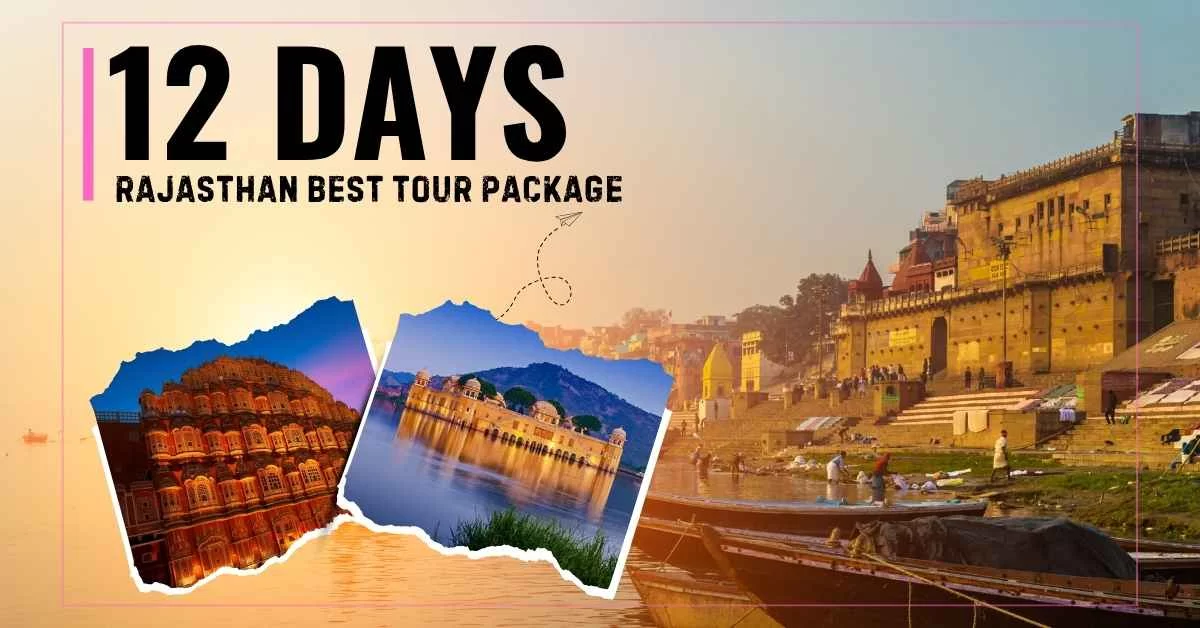
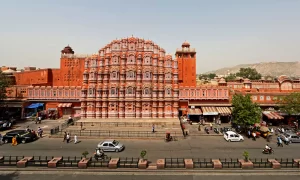

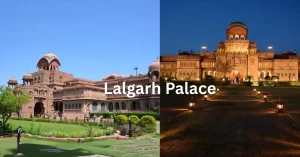
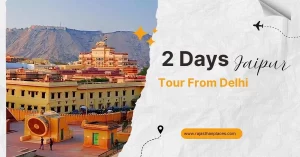

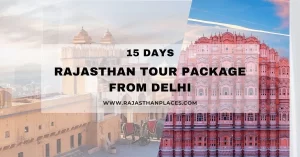
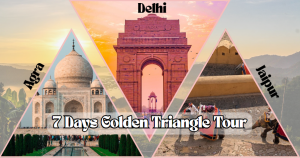



Leave a Comment